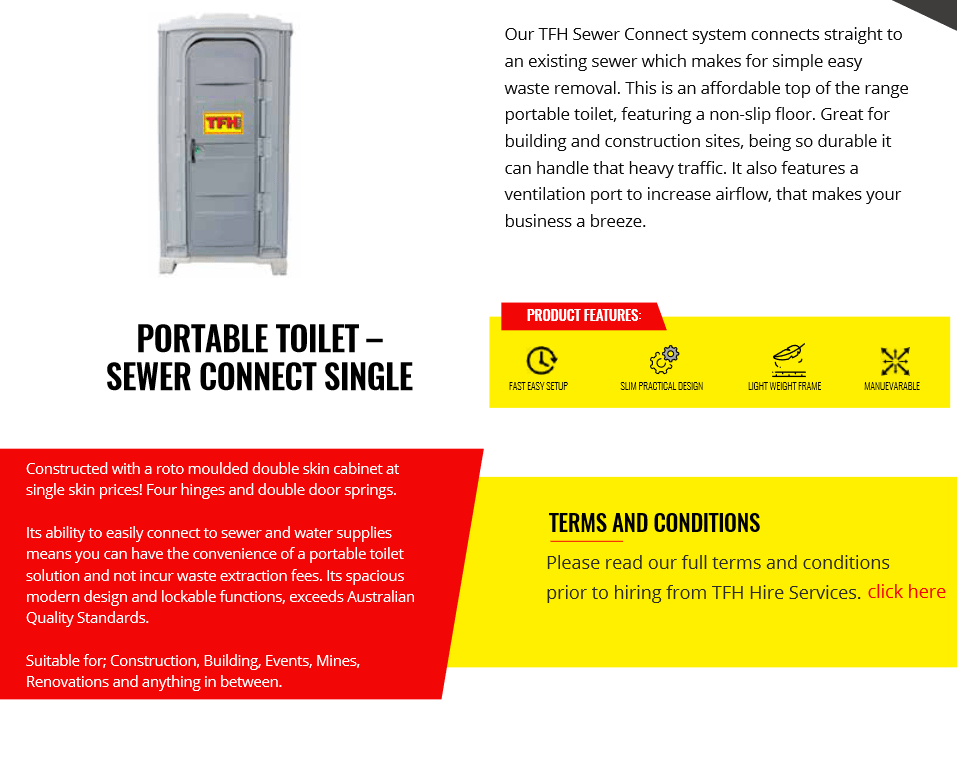The Only Guide for Reclaim Waste
The Only Guide for Reclaim Waste
Blog Article
How Reclaim Waste can Save You Time, Stress, and Money.
Table of ContentsThe Best Strategy To Use For Reclaim WasteThings about Reclaim WasteNot known Facts About Reclaim WasteNot known Details About Reclaim Waste Getting My Reclaim Waste To Work
Residential sewer waste refers to the waste and items from a property septic tank. The correct monitoring and disposal of domestic sewer waste call for liquid waste to be transferred to a sewage therapy plant where the appropriate approaches and tools are used to detoxify and dispose of waste.
Industrial waste frequently includes potential hazards, such as flammable products or a combination of fluid and solid waste items, and calls for an advanced and detailed disposal procedure. The disposal of business waste commonly involves the purification of waste prior to transport to make certain risk-free and correct disposal. Industrial waste is produced from by-products and drainage of industrial processes and production.
This kind of waste can not use the very same sewer management transport or procedures as septic or commercial liquids. The hazardous waste management process calls for the inspection and screening of liquid waste before it undertakes the disposal process (liquid waste removal melbourne). Runoff waste is the liquid waste that originates from overflow and excess stormwater in very inhabited locations or cities
Runoff waste can create contamination and flooding if not managed properly. Discover more concerning sewage system cleaning and waste management. Making certain proper waste administration can avoid disasters and reduce ecological harm. Both individuals in residential setups and specialists in commercial or manufacturing markets can gain from understanding the procedures and guidelines of fluid waste management.
The 6-Minute Rule for Reclaim Waste
Get in touch with PROS Providers today to discover concerning our waste management and disposal solutions and the proper means to take care of the fluid waste you generate.
(https://blogfreely.net/reclaimwaste1/yc311a58b1)This so-called 'wastewater' is not just an essential resource yet, after therapy, will be launched to our land, rivers or the sea. Utilized water from toilets, showers, baths, kitchen sinks, laundries and commercial processes is known as wastewater.

water link used to cool equipment or tidy plant and equipment). Stormwater, a form of wastewater, is drainage that flows from agricultural and metropolitan areas such as roofings, parks, yards, roadways, paths and rain gutters right into stormwater drains pipes, after rain. Stormwater streams without treatment directly to neighborhood creeks or rivers, ultimately getting to the sea.
The 8-Minute Rule for Reclaim Waste
In Queensland, many wastewater is dealt with at sewage therapy plants. Wastewater is carried from domestic or industrial websites through a system of sewers and pump terminals, recognized as sewage reticulation, to a sewer treatment plant.
The Department of Natural Resources encourages city governments regarding managing, operating and preserving sewerage systems and treatment plants. In unsewered areas, neighborhood governments might require owners to install specific or home sewer therapy systems to deal with domestic wastewater from bathrooms, cooking areas, restrooms and washings. The Department of Natural Resources authorizes the usage of house systems when they are confirmed to be reliable.
Most stormwater gets no therapy. In some new neighborhoods, therapy of some stormwater to eliminate clutter, sand and gravel has started utilizing gross pollutant catches. Wastewater therapy takes place in 4 phases: Removes solid matter. Larger solids, such as plastics and various other objects incorrectly discharged to sewers, are eliminated when wastewater is gone through screens.
Wastewater then flows into huge storage tanks where solids clear up and are gotten rid of as sludge. Oil and scum are skimmed from the surface area. Uses tiny living organisms called micro-organisms to break down and remove staying liquified wastes and great particles. Micro-organisms and wastes are incorporated in the sludge. Removes nitrogen and phosphorus nutrients that could cause algal blooms in our waterways and endanger water life.
3 Easy Facts About Reclaim Waste Described
Nutrient elimination is not offered at all sewer treatment plants due to the fact that it requires pricey specialised tools. Clear liquid effluent generated after treatment may still include disease-causing micro-organisms - industrial wastewater treatment.

Many wastewater moves into the sewage system. Under the Act, local governments provide authorizations and licences for ecologically relevant activities (Ages) including wastewater launches that could have a neighborhood impact.
More About Reclaim Waste
Otherwise, examples are taken for laboratory analysis. Typically several tests are required to develop the degrees of each of the different toxins such as oils, heavy metals and pesticides in water. Monitoring provides factual info regarding water top quality and can verify that permit conditions are being satisfied. The details gotten through surveillance provides the basis for making water high quality choices.
Report this page